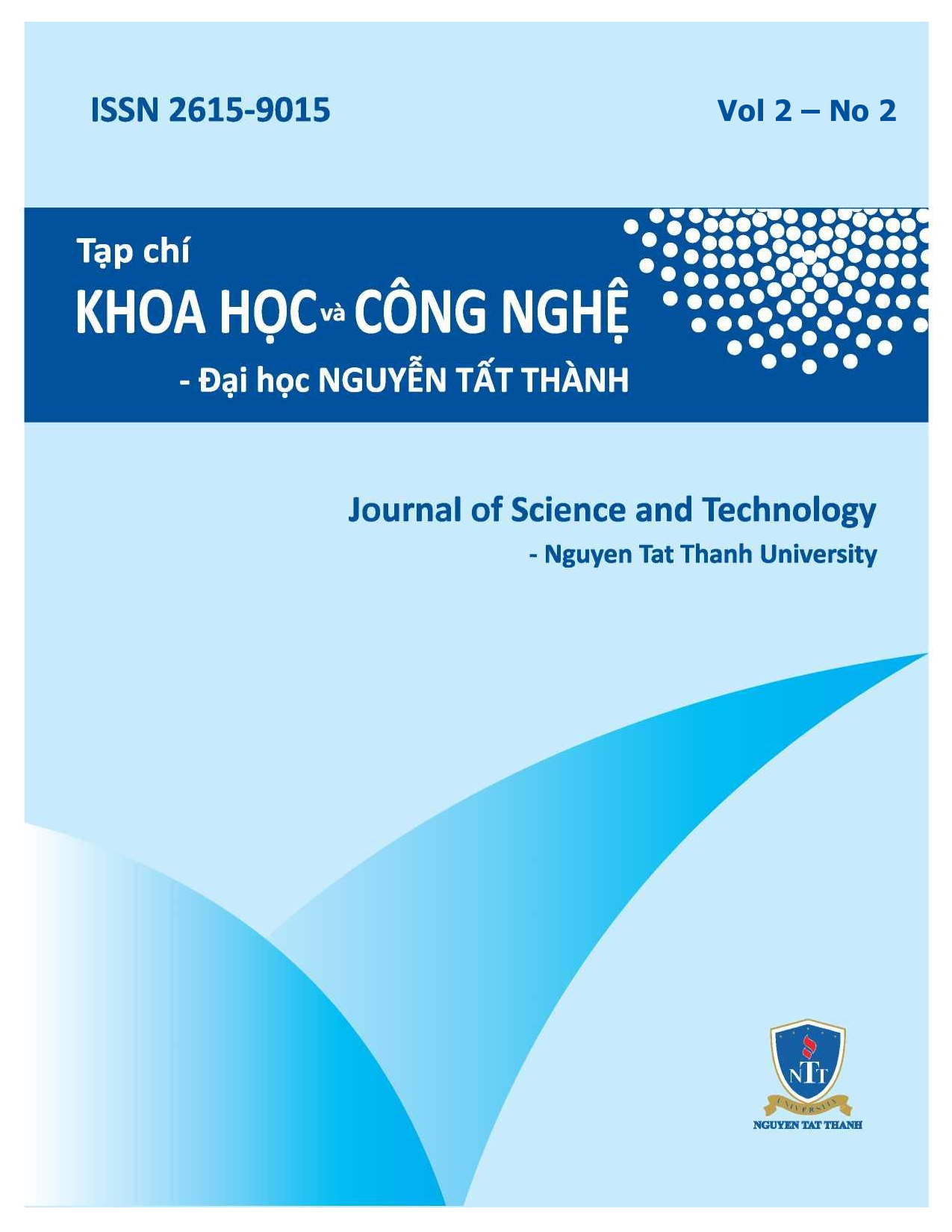Simultaneous effect of pH, deposition time, deposition potential, and step potential on the stripping peak current of lead and cadmium by response surface methodology
Main Article Content
Abstract
In this paper, a simple voltammetric method has been reported for the lead, and cadmium determination using platinum nanoflowers modified glassy carbon electrode (PtNFs/GCE). The effects of pH, deposition time, deposition potential, step potential were investigated on the stripping peak current of lead, and cadmium based on response surface methodology (RSM). The results of RSM analysis and analysis of variance (ANOVA) have shown that the experimental data could be well described by quadratic regression equations with determination coefficients (R2) of 0.935, and 0.972 for the stripping peak current of lead, and cadmium, respectively. Results of the statistical analysis showed that the fit of the model was good in all cases. The maximum stripping peak current of the lead, and cadmium of 5.54µA, and 2.81µA, respectively were obtained at the optimum levels of process variables (pH (4.72), deposition potential (-1.14V), deposition time (120s), step potential (7mV)). Testing the model to analyze lead, and cadmium on the PtNFs/GC electrode using differential pulse anodic stripping voltammetry (DPASV) and obtained with the stripping peak current of the lead, and cadmium of 5.43µA, and 2.75 µA, respectively.
